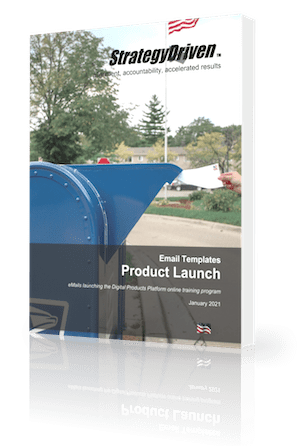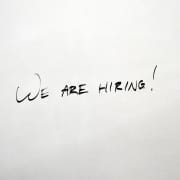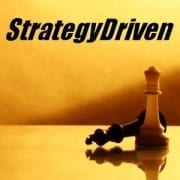How to Keep Your Team Agile and Aligned Under Pressure
As a leader, you are constantly trying to maximize the magical effort to effectiveness equation (a.k.a. efficiency). You can see this play out in your daily operations and ultimately in the P&L. However, there is an intangible asset that is very difficult to quantify — but without it you cannot ultimately succeed. This asset is, of course, alignment.
Alignment matters because it is an amalgamation of understanding, agreement, buy-in, engagement, empowerment, and accountability.
It amazes me how few leaders understand how to harness, measure, leverage, and ultimately achieve true alignment behind their strategies and objectives. Too many leaders assume that just because they have spoken, their teams are all on the same page with them — and everything will proceed from there. Achieving true alignment takes a significant allocation of effort. But there is a direct correlation between the extent of alignment and the results achieved.
Therefore, it is in your best interest as a leader to focus more on achieving, gauging, and calibrating alignment than almost any other executional activity. The good news is that achieving alignment is more science than art — meaning that there are tools that work nearly every time in getting people behind an idea, strategy, or mission. Below, allow me to present three of my favorites:
1. Define and Drive organizational culture. Culture is the glue that holds an organization together. It’s often the reason behind why people choose to stay with your company over jumping ship to a competitor. As a leader, it is your role to create, foster, and harness culture against organizational objectives. Conduct focus groups, one on one’s, and surveys to get a strong grip on the current state of your business culture. Then define a desired state for the values and behavior you expect to see on display daily, and embody them in everything you do.
Once you are well on your way towards your desired cultural state, you need to then define your business’s hedgehog concept. This is time very well spent because it takes your underlying culture and applies it to specific business problems. By deriving the intersection of three key questions: what are we wildly passionate about, what can we do better than anyone else, and what drives our economic engine, you set a direction for people that is easy to align with. Ask the three questions at all levels of the organization, calibrate the responses, and then package the inputs into an easily digestible reason for organizational being that relates to the majority of your enterprise. Then you can focus organizational attention on how you are doing, not on what you are doing — or even worse, why you are doing it.
2. Don’t just communicate, connect. When you give a presentation on your business strategy, key priorities, and other initiatives, how often do you check (either via polls, surveys, show of hands) what people understood from your communication, what they are taking away, and whether or not they agree? Many leaders are scared to ask these types of questions because they don’t like being second-guessed. Still, it’s better to be second-guessed than to be zero-followed! Taking the time to gauge the degree to which key messages are landing, as well as whether the audience is aligned, is probably the most important investment you can make as a leader.
Once you know where your participants are on a given issue, the next step is to connect the dots for them. Do the hard work of helping them see what you see and understand why you are making these choices. Allow them to question, build on, and enhance your ideas. And finally, move forward, together.
3. Keep it very simple. It is relatively easy to stick to one road, drive the speed limit, buckle up for safety, and arrive at your destination both on time and with all passengers on board. Once you start introducing shortcuts, detours, scenic routes, and bypasses into the mix, you are almost destined to lose some people along the way. No one (besides Forrest Gump maybe) meanders their way to success. You pick a destination based on the best available information (expected weather, road conditions, permitted speed), calculate the mileage, gas expense, and time to arrival, and then start driving in as straight a line as possible until you reach your desired location, or in this case desired mission, goal, or objective.
Leaders who jump from highway to highway, seemingly without rationale, are leaders who lose the power of an organization primed and focused on achieving results. You have to know when to forge ahead, when to change course, and when to abandon ship — but at each inflection point, the more important concept to remember is that you need to reengage the enterprise when change is afoot, and never assume that people know the key why’s and what’s and how’s behind the new direction.
About the Author















Leave a Reply
Want to join the discussion?Feel free to contribute!